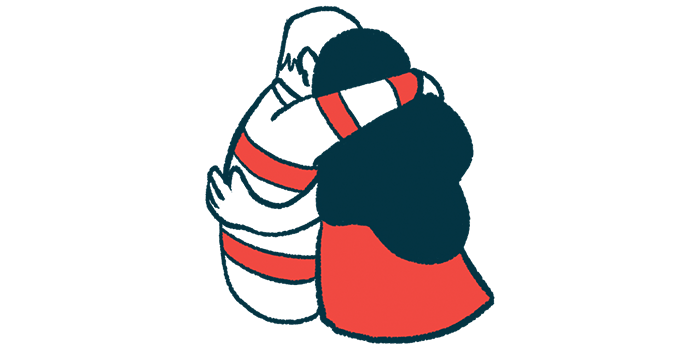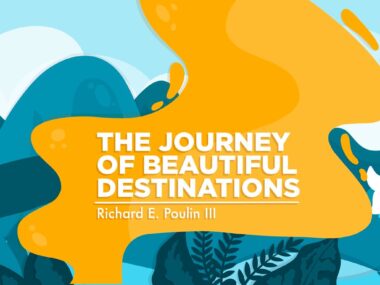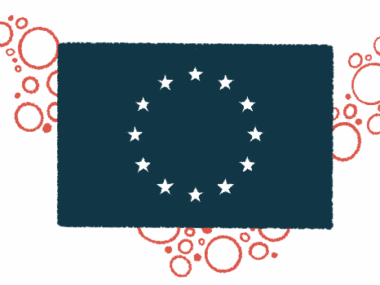Film highlights families, aims to raise rare disease awareness
Connections lay foundation for advocacy to advance research, director says
Written by |

A new documentary aims to raise rare disease awareness by focusing on the struggles faced by families of children with rare conditions.
Rare: A Rare Disease Revolution is being submitted to film festivals worldwide, and was recently screened at a rare disease day event hosted by Illumina, a company that develops DNA sequencing and array-based life sciences technologies.
“Rare families don’t want people’s pity,” Lainey Moseley, the film’s producer and director, said in a company press release. “We want you to lean into the movement, acknowledging that we are not ‘too rare to care,’ because it impacts all our lives. The lessons being learned in rare disease today will benefit everyone tomorrow. Rare really does inform common. We cannot be overlooked or forgotten anymore.”
Moseley is a journalist who has worked as a producer for CBS News and NBC News, and her daughter, Leta, has a rare disorder called CHOPS syndrome. Like AADC deficiency, CHOPS syndrome is an ultra-rare disease, one that is so rarely diagnosed that its true frequency is hard to estimate.
When Leta was born 27 years ago, it quickly became apparent that she had some type of developmental condition, but doctors were at a loss to diagnose what was wrong, Moseley said.
Rare disease awareness leads to action
“We were told good luck, and sent home with no road map, community, or any understanding of what the future might look like,” Moseley said. “It was the dark ages of genetic medicine.”
Leta was eventually diagnosed via genetic testing, and in 2016 Moseley founded CHOPS Syndrome Global to connect families affected by the rare disorder and raise money to support research. The organization has formed a community of dozens of families affected by this rare disease.
“It’s still ultra rare, but having community is the foundation for advocacy—and advocacy leads to finding ways to accelerate research and treatment,” Moseley said. “None of this momentum happens until there’s a diagnosis.”
People with ultra-rare diseases often experience long, arduous and convoluted journeys to find a proper diagnosis — and without being correctly diagnosed, there’s no way for patients to get appropriate care or benefit from cutting-edge treatments. Since there are thousands of rare diseases that affect hundreds of millions of people worldwide, this is a common problem even though each individual disease is rare.
“Yeah, individually each of these conditions are rare, but collectively they impact a significant portion of the population,” Moseley said. “These are kids—often very sick—who historically have gone undiagnosed altogether or their parents were given a symptom, say epilepsy, that became the de facto diagnosis. I felt it was important to make this film to celebrate these parents for driving the science and fighting for something that wasn’t possible when my daughter was born.”
The documentary aims to raise rare disease awareness by shining light on the diagnostic odysseys experienced by rare disease patients, highlighting the journeys of several families affected by different rare diseases. The film emphasizes the role that parents of children with rare diseases play in advocating for their kids.
‘Action is our coping mechanism’
“Action is our coping mechanism,” said Amber Freed, one of the parents featured in the documentary. Freed’s son Maxwell has a rare disease called SLC6A1. Though the family has been told there is no treatment, “at the end of the day, doing everything I can is the only way I can look at my beautiful little boy in the eyes and tell him I left no stone unturned,” she said.
Freed is the founder of SLC6A1 Connect. She left her job in equity analysis the day her son was diagnosed to look for scientists who could give her hope when doctors couldn’t. In the documentary, she talks about efforts including organizing charity events, hosting science meetings, raising $5 million, and helping to reuse an old drug for a new purpose.
The documentary comes at a pivotal time in the rare disease community, when increasing use of genome sequencing and genetic medicines are making it more feasible than ever to diagnose and treat ultra-rare diseases. For example, a gene therapy for AADC deficiency was recently approved in the U.S. and Europe.
“We are at an inflection point where truly personalized therapies, made possible by genomics, are becoming a reality,” said Cody Barnett, patient advocacy specialist at Illumina. “The question is no longer ‘can this be done,’ it’s ‘how do we do it at scale so everyone who could benefit, does.’ Lainey’s film shows the extraordinary lengths parents are going to to answer these questions.”
In her interactions with other families affected by rare diseases, Moseley has seen firsthand how new technologies are starting to have an impact.
“What struck me about this generation of rare disease families was that they all have something that I didn’t have—they have hope,” she said. “They have hope for potential treatments and even cures for their kids.”






